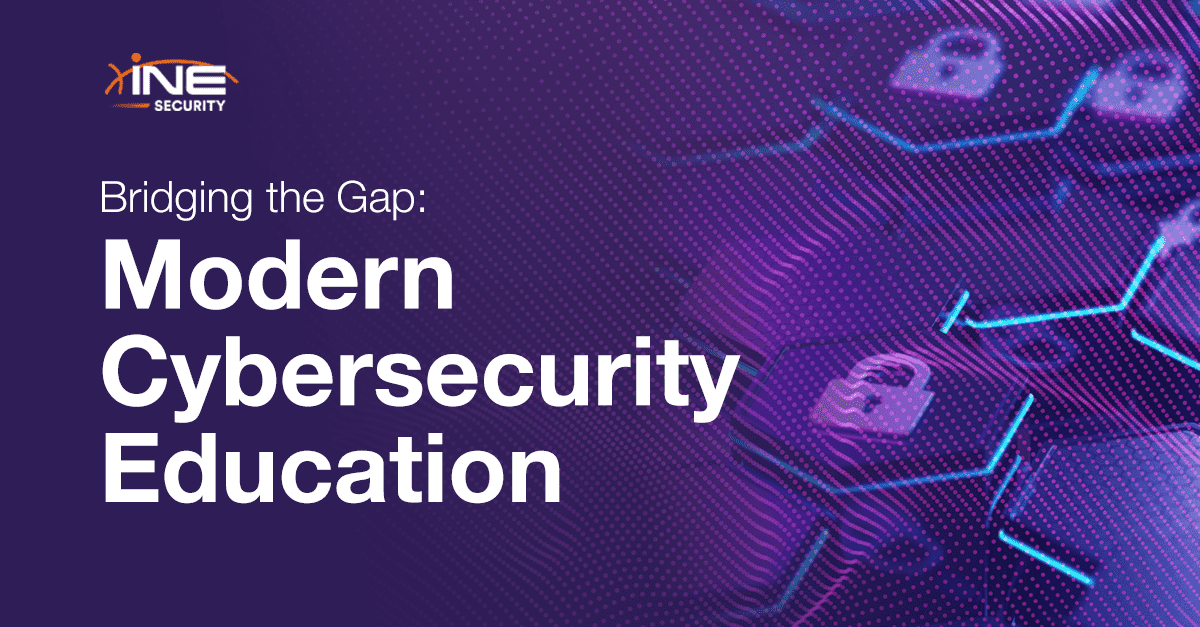Bridging the Gap: Modern Cybersecurity Education

Cybersecurity has become a critical concern for organizations across all sectors. As cyber threats continue to grow in sophistication and frequency, the demand for skilled cybersecurity professionals has skyrocketed. This surge in demand presents both a challenge and an opportunity for higher education institutions tasked with preparing the next generation of cybersecurity experts. To address this pressing need, it's crucial for academic institutions to adapt their cybersecurity education programs to meet the ever-changing requirements of the industry.
The Rapidly Evolving Cybersecurity Landscape
The field of cybersecurity is characterized by its constant state of flux. New technologies emerge at a breakneck pace, threat actors continuously develop novel attack vectors, and industry best practices evolve to keep up with these changes. This dynamic environment creates a significant challenge for higher education institutions striving to maintain up-to-date curricula.
Traditional academic approaches have long been the cornerstone of higher education, providing students with a solid foundation of knowledge across various disciplines. These methods, which include carefully curated textbooks and meticulously developed course materials, are the result of rigorous academic processes designed to ensure the highest quality of information. For many fields of study, this approach continues to serve students well.
However, the rapidly evolving nature of cybersecurity presents unique challenges to this traditional model. The pace of change in the digital threat landscape often outstrips the rate at which academic materials can be updated through conventional channels. As a result, even the most diligently prepared cybersecurity curricula may struggle to fully reflect the latest developments in the field. This creates an opportunity for higher education institutions to complement their foundational academic approach with dynamic, industry-aligned resources. By integrating regularly updated content from cybersecurity leaders like INE, institutions can ensure their students are exposed to the most current practices and technologies, bridging the gap between academic rigor and real-world relevance in this fast-paced field.
The Importance of Practical, Industry-Relevant Training
To bridge this gap, it's essential for cybersecurity programs to focus on providing students with practical, hands-on skills that directly align with the demands of the job market. Employers are increasingly seeking candidates who possess not only theoretical knowledge but also the ability to apply that knowledge in real-world scenarios.
This shift in focus requires a fundamental change in how cybersecurity education is approached. Instead of relying solely on lectures and theoretical examinations, programs should incorporate hands-on labs, simulated environments, and real-world case studies. These practical elements allow students to develop the critical thinking skills and problem-solving abilities that are crucial in the fast-paced world of cybersecurity.
Overcoming the Challenges of Curriculum Updates
Updating curricula to keep pace with the rapidly evolving cybersecurity landscape is no small feat. Educational institutions face numerous challenges in this process, including:
Limited budgets: Developing and maintaining up-to-date course materials can be costly, especially for institutions with constrained resources.
Faculty expertise: It can be challenging for faculty members to stay current with the latest cybersecurity trends while balancing teaching and research responsibilities.
Technological constraints: Providing students with access to cutting-edge tools and environments may require significant infrastructure investments.
Accreditation requirements: Ensuring that updated curricula still meet accreditation standards can be a complex and time-consuming process.
Leveraging INE Resources to Bridge the Curriculum Gap
One effective way for higher education institutions to address the challenges of maintaining relevant cybersecurity curricula is by partnering with industry leaders like INE. Offering regularly updated, hands-on content, INE’s learning paths, certification prep, and industry-recognized cybersecurity certifications complement higher education’s theoretical learning.
By leveraging INE's resources, educational institutions can ensure that their students have access to the most up-to-date and industry-relevant training materials. This approach allows academic programs to remain agile and responsive to the evolving needs of the industry without placing an undue burden on faculty - and budget - to constantly revise course materials.
Want to learn how to prepare cybersecurity students?
Read our latest case study to learn how we partnered with Columbus State University.
Fostering Collaboration Between Educators and Industry Experts
To truly bridge the gap between academia and industry, it's crucial to foster strong relationships between higher education institutions and cybersecurity leaders. This collaboration ensures that curriculum development reflects the evolving needs of the field and provides a more affordable way for higher ed institutions to implement a hands-on lab environment for comprehensive cybersecurity training.
The Future of Cybersecurity Education
It's vital to have an understanding of what cybersecurity skills are in demand. As we look to the future of cybersecurity education, there are several trends in higher education that are likely to shape the field:
Increased focus on emerging technologies: Programs will need to incorporate training on AI, machine learning, IoT security, and quantum computing.
Emphasis on soft skills: Communication, leadership, and ethical decision-making will become increasingly important alongside technical skills.
Adaptive learning systems: Personalized learning paths will help students focus on areas where they need the most improvement.
Gamification and immersive learning: Virtual and augmented reality technologies will provide more engaging and realistic training scenarios.
Continuous learning models: Recognition that cybersecurity education doesn't end with graduation, but requires ongoing professional development.
INE's resources are well-positioned to support these emerging trends in higher education, offering constantly updated content that covers cutting-edge technologies and methodologies. By partnering with INE, higher education institutions can ensure that their students are prepared not just for today's cybersecurity challenges, but for the evolving landscape of tomorrow.
The nature of cybersecurity’s threat and technology evolution presents both challenges and opportunities for higher education institutions. By embracing practical, industry-relevant training, leveraging resources from industry leaders like INE, and fostering collaboration between academia and industry experts, these institutions can develop dynamic, effective cybersecurity programs.
These programs will not only meet the current demands of the job market but will also teach you how to prepare cybersecurity students for the future, ensuring a robust pipeline of skilled professionals ready to tackle the complex security challenges of our increasingly digital world.